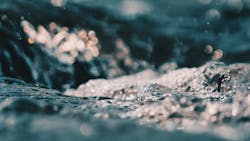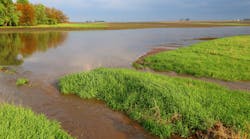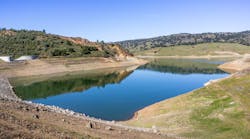STUGGART, AR – The U.S. Environmental Protection Agency (EPA) announced an award of $3,224,000 to the Arkansas Department of Agriculture’s Natural Resources Commission to protect water quality statewide. The funding will support management programs for nonpoint source (NPS) water pollution, which is caused when rainfall or snowmelt carries pollutants into rivers, lakes and other waterbodies.
“This funding to the Arkansas Natural Resources Commission will improve environmental protections against nonpoint source water pollution,” said EPA Administrator Andrew Wheeler. “Keeping this waste from making it into waterbodies is difficult, but it has to be done, and EPA is happy to help Arkansas get on top of the problem.”
“EPA’s grant funding will help protect vital streams and habitats while ensuring communities have cleaner water,” said Regional Administrator Ken McQueen. “We are grateful for our partnership with Arkansas and looking forward to continuing to strengthen our relationship to improve water quality.”
“Arkansas is fortunate to have an abundance of rivers, lakes, and other waterbodies that contribute greatly to our state’s economy and our way of life. We appreciate the award of this funding that will be used to continue the important programs and partnerships that protect the quality of water across the state,” said Arkansas Secretary of Agriculture Wes Ward.
This funding supports the State of Arkansas’ NPS pollution management program, focusing on watersheds with water quality impairments caused by polluted runoff from nonpoint sources. NPS implementation projects include best management practice installations for animal wastes, sediment, pesticide and fertilizer control; other structural and non-structural practices; watershed planning, monitoring, technology demonstrations; and education and outreach programs.
Unlike pollution from industrial facilities and sewage treatment plants, NPS pollution does not come from a specific place. As precipitation moves over or through the ground, it picks up debris and pollutants and deposits them into lakes, rivers, wetlands, coastal waters and ground water. NPS pollution can include excess fertilizer, herbicides and pesticides; oil, grease, and toxic chemicals from urban runoff; sediment; drainage from abandoned mines; and bacteria and nutrients from livestock, pet waste and faulty septic systems. States report that NPS pollution is the leading remaining cause of water quality problems.



